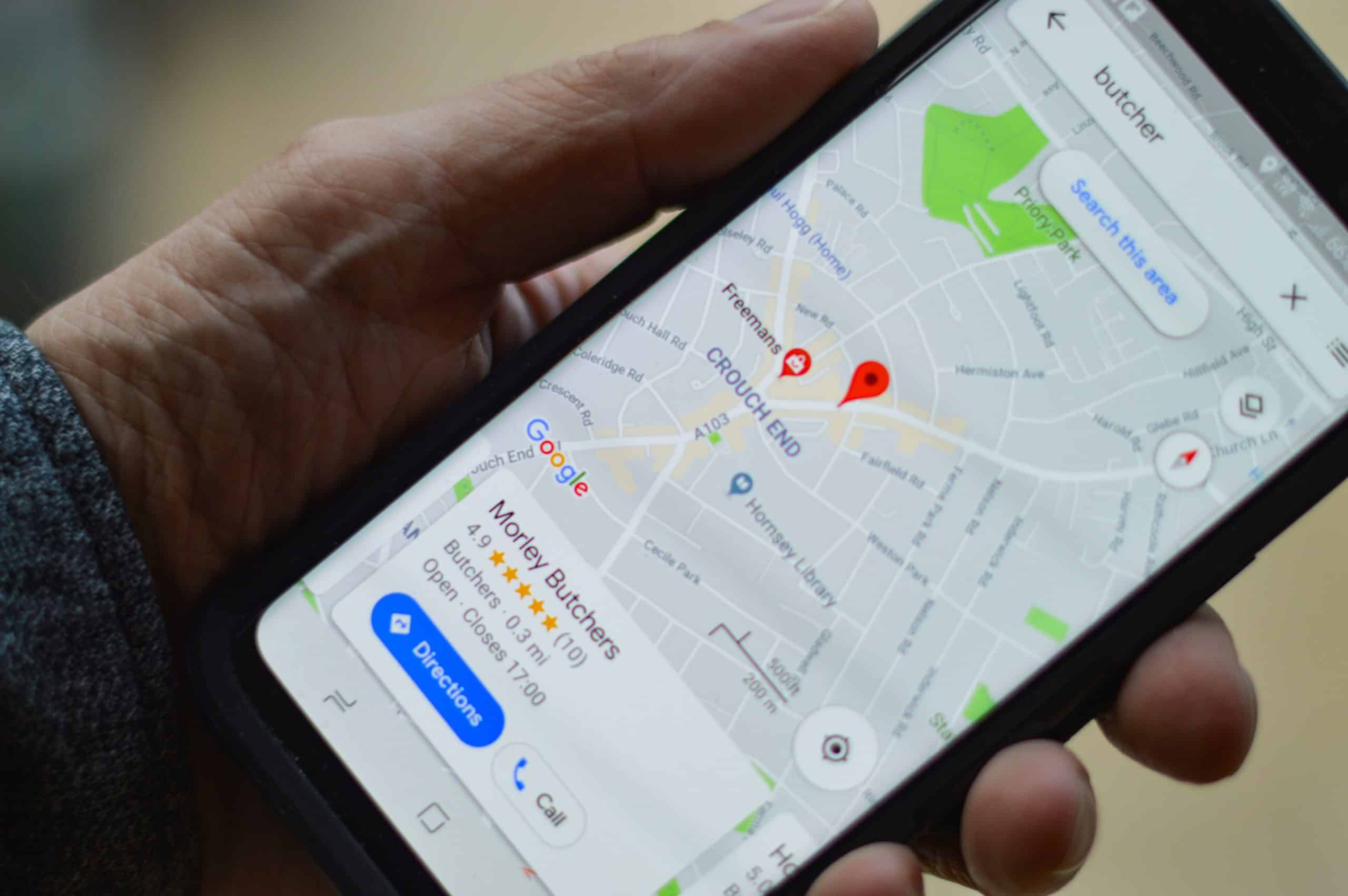A radius tool or radius mapping software makes it possible to create and visualize maps based on a specified distance or radius relative to a central point. You can create a radius map showing the shortest distance rings or the fastest time rings. These maps can be used to check how far clients are willing to travel to your retail locations or to find sites with insufficient access to emergency services.
Radius mapping software helps users visualize, understand, analyze, and optimize data to make better decisions for their business.

Benefits of radius mapping software
Radius mapping software can analyze economic indicators or demographics of a specific geographical region. This can be useful for planning and market research.
Radius tools can help you comprehend spatial patterns and connections between different sites, such as the population density or companies’ distribution within a city center’s set radius.
This software can create attractive and intuitive maps, which assist users in collaborating and presenting data. You can use it to optimize logistics and routes by identifying the most affordable or efficient way to provide services or deliver goods in a certain area.
Radius mapping software can help users understand how their actions can potentially impact a specific region, which can inform planning.
A radius map highlights customers’ exact location within a certain radius of a retail site.
What do you need from a radius tool?
While it’s possible to print out a map and draw a radius on it, a radius tool makes the process faster and more accurate. Here are a few features to consider when choosing a radius map tool.
It’s easy to use
The perfect radius tool will let you create a map in a few clicks. If it’s harder than that, keep looking.
It reveals point-of-interest data
This is any location that provokes interest from a business perspective. A radius tool should allow you to cross-reference this data.
Provides location intelligence
Location intelligence includes personal, infrastructural, and demographic data. It can be incredibly helpful when combined with a radius map.
Types of radius maps
There are manual and automatic radius maps. With a manual map, the data is exported to Excel after the radius is drawn. On the other hand, an automatic one automatically creates a ring map from one or more sites.
There is a third type, known as a drive-time or distance radius map. The app creates a radius map for concentric or single circles for both driving and straight-line distances.
Radius maps vs. heat maps
Heat maps are an example of radius maps, but not all radius maps are heat maps. For example, a choropleth heat map shows the population density of an area relative to the distance from the center.
One major difference between radius maps and heat maps is the type of data they present. Basic radius maps usually reflect travel time or distance, while heat maps present magnitude-based, color-coded data. For instance, a heat map tracking temperature in a certain area will be blue in very cold locations and red in very hot ones, with a variety of colors where temperatures are more moderate.
As the size of the radius increases, you’ll get more data, but it might not be relevant to your needs. With some tools, you get less data with an increasing radius.

How to create a radius map
Determine the center point, which can be a point on a map or another specific location. Then, determine the distance from that point – the radius. Use mapping software or a tool to create the map. Examples of such tools are Google Maps and Bing Maps. They can customize the map as needed. You can choose different labels, styles, and colors for it.
Print the map if the mapping tool has that option or save it as an image file and print it using a different app.